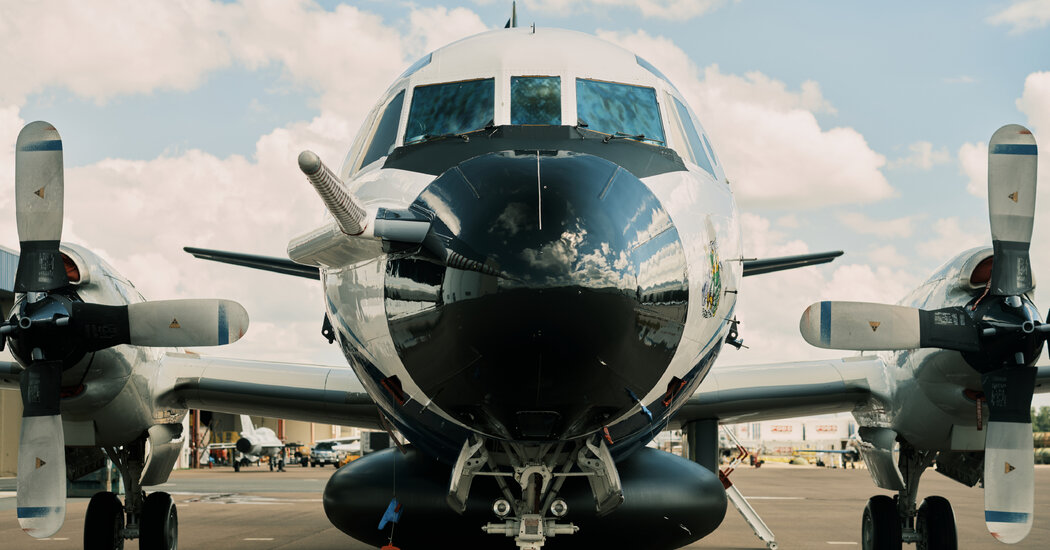A hurricane hunter flight that had just entered the eye of Hurricane Melissa was abruptly aborted on Monday after the crew encountered severe turbulence and was forced to abandon its mission to collect data on how strong the storm had become.
The episode occurred after the plane, a WP-3D Orion turboprop known as Kermit and operated by the National Oceanic and Atmospheric Administration, measured wind speeds of 165 miles per hour in the storm’s northeastern eyewall, the strongest of any hurricane in the Atlantic so far this year.
Turbulence is common on such flights, but this event was among the worst any had encountered. Last year, I rode on Kermit as we flew into Hurricane Helene; my stomach bounced violently as we were tossed around, harnessed in our seats.
On Monday, the crew likely struck an intense downdraft — a rapid, downward current of air. While these planes are built to withstand extreme punishment, the force of a major downdraft can cause a rapid, potentially dangerous descent, similar to the phenomenon that has caused commercial planes to crash in the past.
Instruments on commercial aircraft now help pilots avoid thunderstorms, but hurricane hunters deliberately fly directly into them.
Kim Doster, a spokeswoman for NOAA, said the crew ended its mission out of an abundance of caution and returned safely to base in Lakeland, Fla. Ms. Doster said the plane “underwent inspection and maintenance,” and was airborne again late Monday afternoon to fly back into the storm.
An Aging Fleet and Budget Fears
Kermit is one of two WP-3D Orion turboprop airplanes that NOAA operates, often alongside the Air Force Reserve’s 53rd Weather Reconnaissance Squadron. Logging its first hurricane mission in 1976, Kermit is older than many of the people who fly it. On its belly are the names of over 100 hurricanes that the craft has flown into.
Kermit has already had its wings replaced once and, like the other hurricane hunter planes, is nearing the end of its projected life span.
The fleet’s age makes the reliability of their missions a constant concern. In September 2024, NOAA announced that it had awarded a contract to Lockheed Martin Aeronautics for two specialized C-130J Hercules aircraft, expected to join the fleet in 2030 and replace Kermit and its twin, nicknamed Miss Piggy. However, the future of the replacement project remains uncertain.
NOAA has faced significant cuts under the Trump administration’s sweeping effort to reshape federal spending this year. But its hurricane hunter flights have remained staffed, and continue to operate despite this month’s government shutdown because they are considered crucial for public safety.
The data that Kermit and Miss Piggy collect tell forecasters what the current conditions are inside a storm — how strong its winds are, how organized it is — and also feed into the computer weather models that meteorologists use to predict storm movements. The missions use multiple kinds of radar to create a 3-D view of the storm’s structure, and they also release instruments called dropwindsondes — sensors that parachute through the storm, relaying real-time pressure and wind measurements back to the aircraft.
Judson Jones is a meteorologist and reporter for The Times who forecasts and covers extreme weather.
The post Turbulence Caused by Melissa Forces NOAA to Abort Flight Into Eye of Storm appeared first on New York Times.




